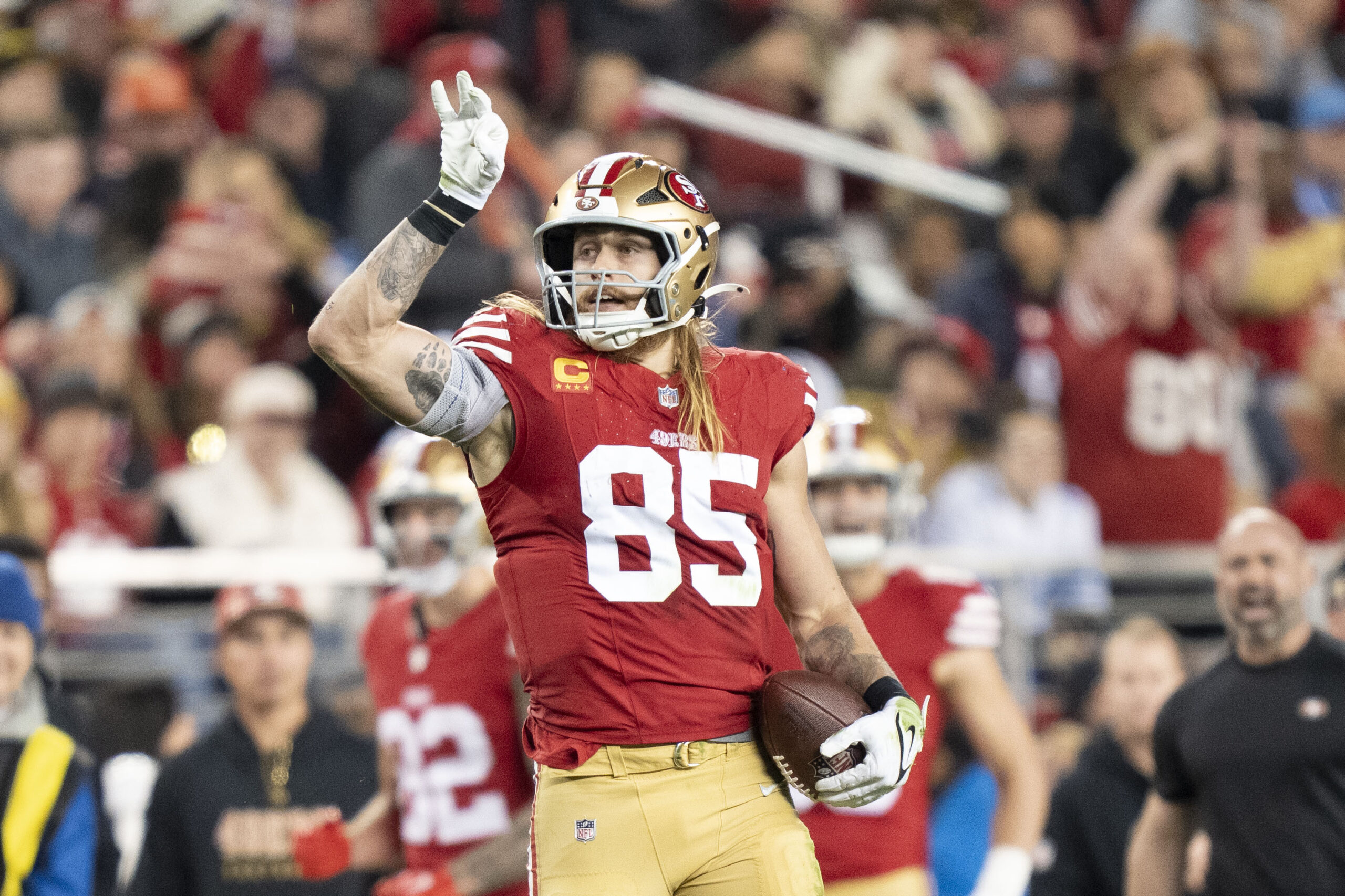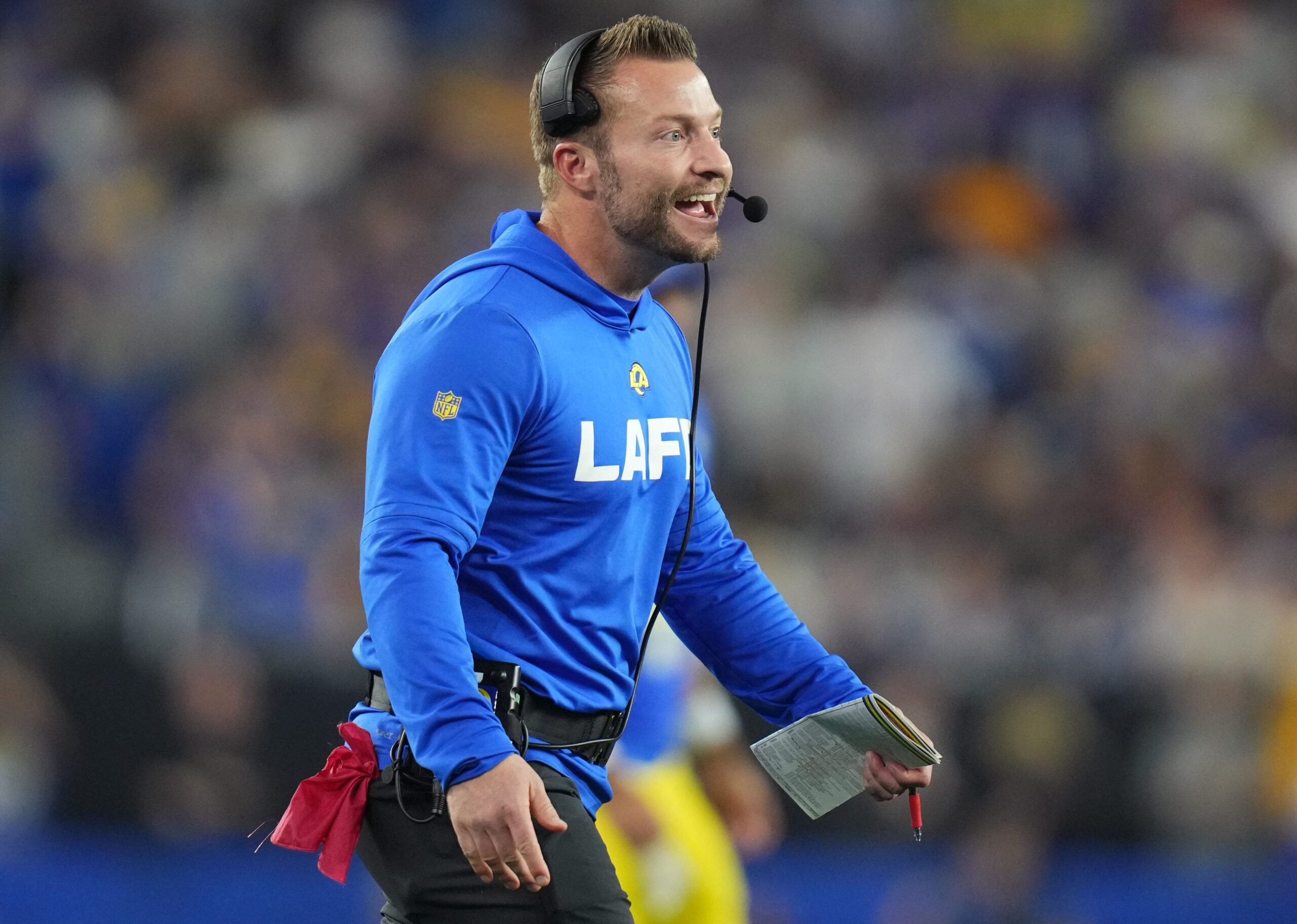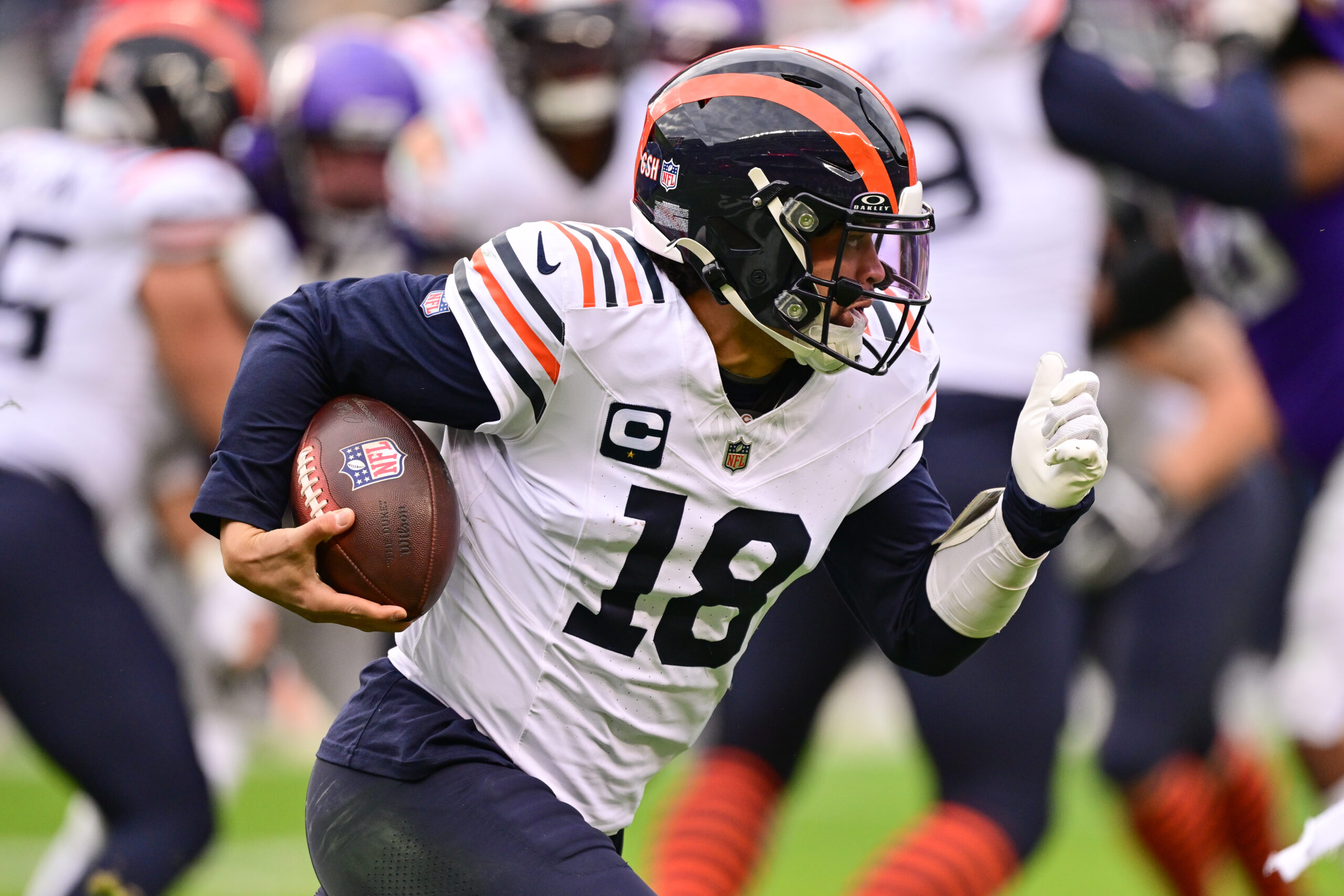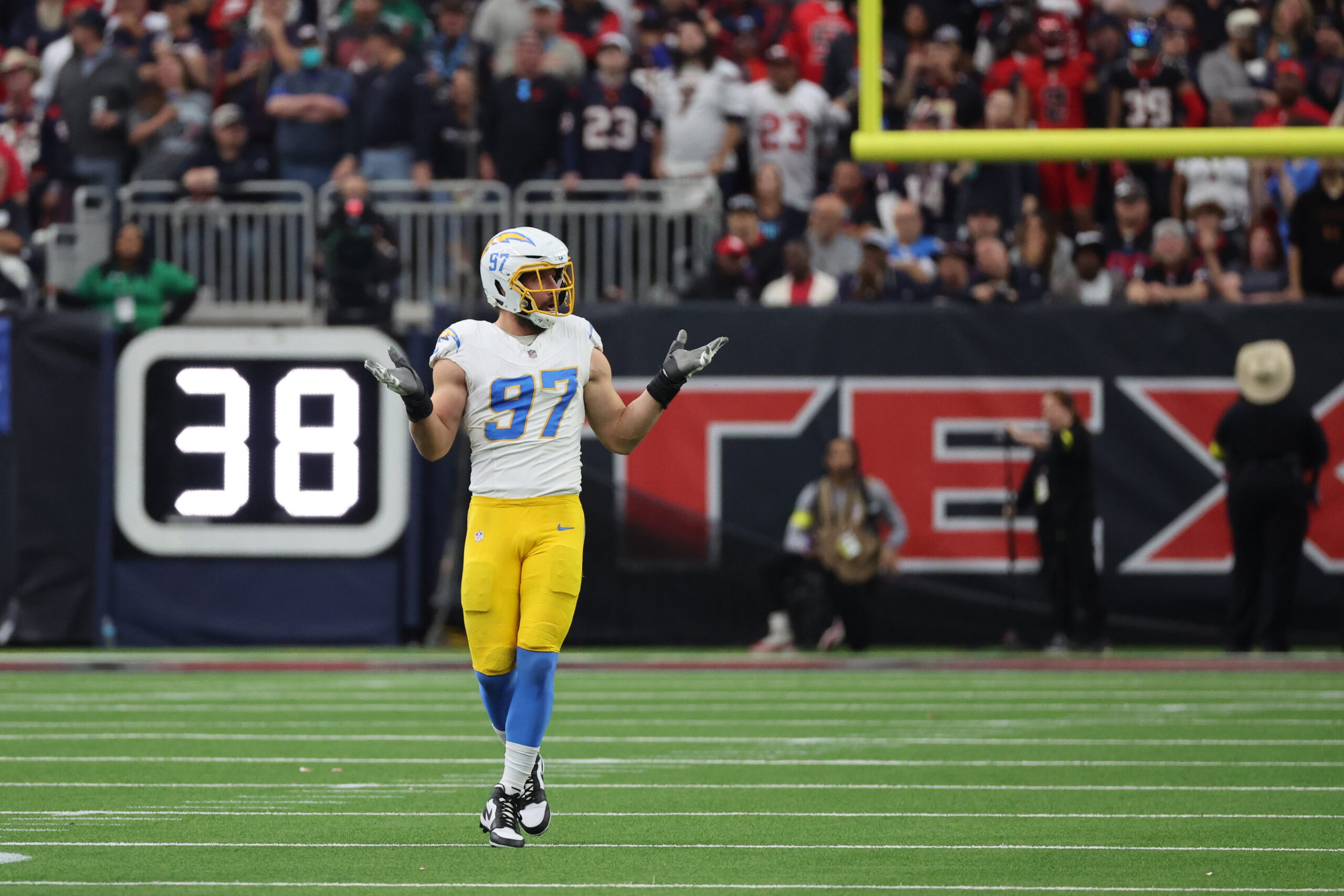NFL Analysis
6/5/24
6 min read
Justin Jefferson's Contract Sets Stage For Future Star WR Deals

It was only a matter of time before the Minnesota Vikings made Justin Jefferson the NFL’s highest-paid wide receiver and non-quarterback. His newly signed four-year, $140 million extension exceeds WR A.J. Brown’s $32 million per year extension and DE Nick Bosa’s $34 million per year deal in new money.
Now that the biggest domino has fallen to reset the receiver market, the bar is raised for other elite receivers, which is now the NFL’s second-highest paid position behind quarterbacks and ahead of edge rushers.
Next to fall in line behind Jefferson and ahead of Brown will be Dallas’ CeeDee Lamb as he enters the final year of his rookie contract, and Cincinnati’s Ja’Marr Chase, eligible for an extension as a fourth-year player.
Five-time First-team All-Pro Tyreek Hill is also seeking a new deal. His $30 million per year deal signed with the Miami Dolphins in 2022 will soon rank fifth or lower among wide receivers. The Detroit Lions’ Amon-Ra St. Brown signed a similar agreement for $120 million over four years.
Big-Time WR Deals Are Here To Stay
It reflects on the NFL as a pass-oriented league that wide receivers have reached the point where the highest-paid now earn almost double compared to the best-paid running back (Christian McCaffrey, who earned $19 million per year under his extension), with most backs falling far short of that salary.
New wide receiver contracts feel like a weekly occurrence. DeVonta Smith signed a three-year, $75 million extension in mid-April. Then came St. Brown and A.J. Brown before Jefferson cashed in on his massive deal that included $110 million guaranteed.
Jefferson deserves his new deal, which will pay him $159.753 million over five years — about $32 million per year, including this season as the fifth-year option on his rookie contract at $19.743 million.
He’s had a record-setting start to his career. He’s a three-time Pro Bowler and was the 2022 Offensive Player of the Year when he was First-team All-Pro. Jefferson also led the league with 128 receptions for 1,809 yards.
He was on a similar pace last season before a hamstring injury cost him seven games. Jefferson still had his fourth straight thousand-yard season (1,074 yards on 68 catches).
>> READ: Jefferson On Track To Be All-Time Great
He has 31 career touchdowns and has gained 5,899 receiving yards — the most of any receiver in his first four seasons — since joining the Vikings as a first-round pick in 2020. He’s clearly on a Hall of Fame trajectory, and at 25 years old in two weeks, he can sign another big contract before he turns 30.
Amazingly, he was the fifth wide receiver picked in that 2020 draft.
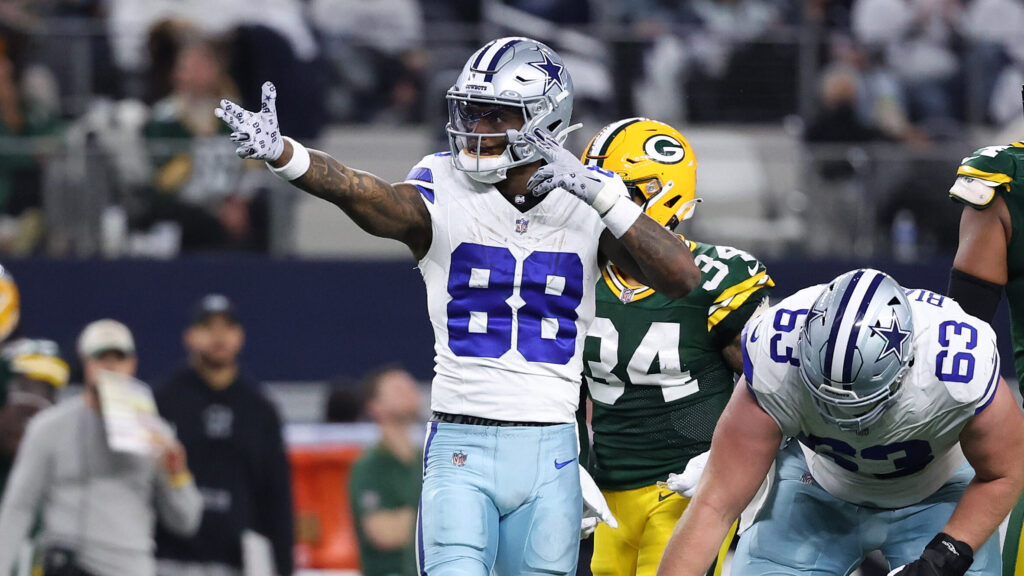
Predicting The Next Big WR Deals
Lamb was the third receiver selected, at No. 17 overall (five spots ahead of Jefferson). He’s next up in the contract pecking order and has been waiting for Jefferson’s deal to get done so he can further pressure the Cowboys into extending his contract as he enters his fifth-year option ( $17.991 million).
Lamb is a three-time Pro Bowler and was named First-team All-Pro last season when he led the league with 135 receptions and ranked second to Hill in receiving yards with 1,749. He also had 12 receiving touchdowns, ranking third behind Hill and Mike Evans, who got a big new deal from the Buccaneers before free agency for two years and $52 million.
Lamb should get $33 million annually in new money, so he’ll be behind Jefferson and ahead of Brown.
Suppose they sign Lamb to a new contract this year. In that case, the Cowboys can likely lower Lamb’s salary cap hit in 2024 by about $10 million. The Vikings did that by combining a $37 million signing bonus with a $1.125 million 2024 base salary. That dropped Jefferson’s cap number from a scheduled $19.7 million on his fifth-year option to $8.5 million, allowing the Vikings to sign a few more free agents.
Some added cap room could help the Cowboys negotiate with Micah Parsons and perhaps give them the room to bring back CB Stephon Gilmore. It appears Dallas will let Dak Prescott play out his contract after their quarterback’s playoff dud against the Packers last January.
>> READ: Why Dallas Should Pay Dak
As for the Bengals and Chase, he’s the priority over Tee Higgins. Higgins was hit with the $21.816 million franchise tag and is the only franchised player not to sign a long-term deal.
Higgins likely will depart in 2025 free agency while Chase, a three-time Pro Bowler who had 100 receptions for 1,216 yards and seven touchdowns last season, signs his extension. That deal should put him second on the wide receiver list and very close to his former LSU teammate, Jefferson.
It’s the nature of the player contract business in any sport — the latest star player to sign usually gets the largest deal. That probably won’t happen for Lamb or Chase, but it’s the case for Jefferson, who signed just in time to avoid being a holdout or hold-in at Vikings mandatory minicamp this week.
Jefferson aids his cause by being a Vikings’ team captain and the team’s most popular player among the fan base. He is also media-friendly and finds plenty of endorsement opportunities with his pleasant personality.
He’s grown up in the NFL, primarily catching passes from Kirk Cousins. But with Cousins in Atlanta (helping to free up money to pay Jefferson), it will be first-rounder J.J. McCarthy — once he emerges over bridge QB Sam Darnold — who will help the Vikings’ cap on his rookie deal as he throws to “Jets.”
That’s what Jefferson calls himself after telling McCarthy he’s giving up the J.J. nickname to him.
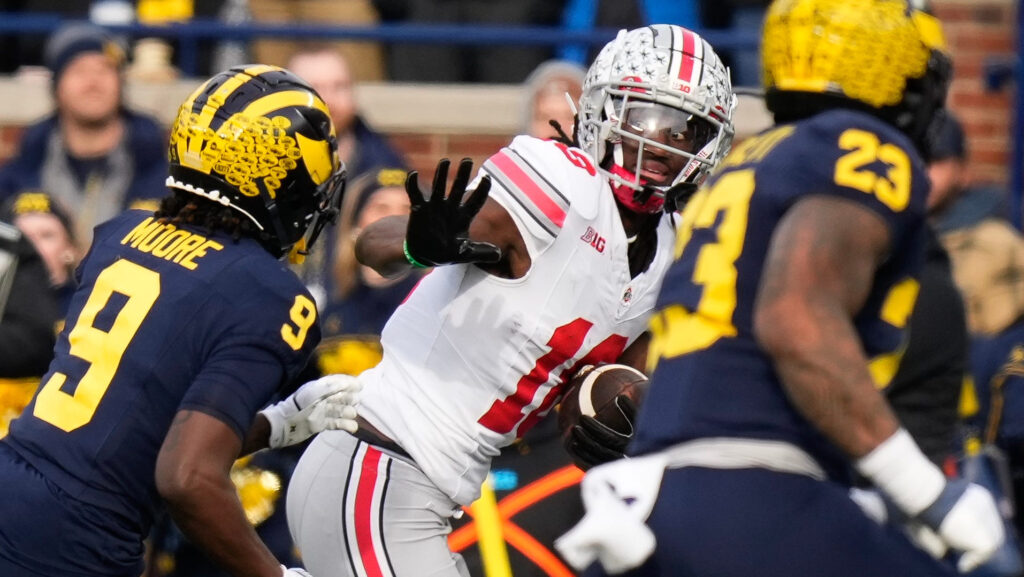
The Next Generation
Speaking of great Vikings wide receivers, I signed Hall of Famer Cris Carter 25 years ago to a $5 million per year deal, making him one of the NFL’s best-paid receivers. Jefferson will make seven times as much on his deal.
Only 10 years ago, the spread was just $2 million per year between the highest-paid wide receivers (Larry Fitzgerald Jr. and Calvin Johnson at $16 million) and the highest-paid running back ($14 million for Adrian Peterson).
Since then, wide receiver salaries have skyrocketed — especially in recent years — while the running backs have basically stayed at the same level.
Jefferson is the latest beneficiary of wide receiver salary inflation, which will continue in the foreseeable future. It could be Marvin Harrison Jr., Malik Nabers, or Rome Odunze from this year’s draft class in a few years. Perhaps Puka Nacua, Garrett Wilson, Nico Collins, or Zay Flowers from recent drafts jump to the top of the salary scale.
However, it could be Jefferson who again resets the wide receiver market with another extension before he goes into the last year of this contract in 2028.


